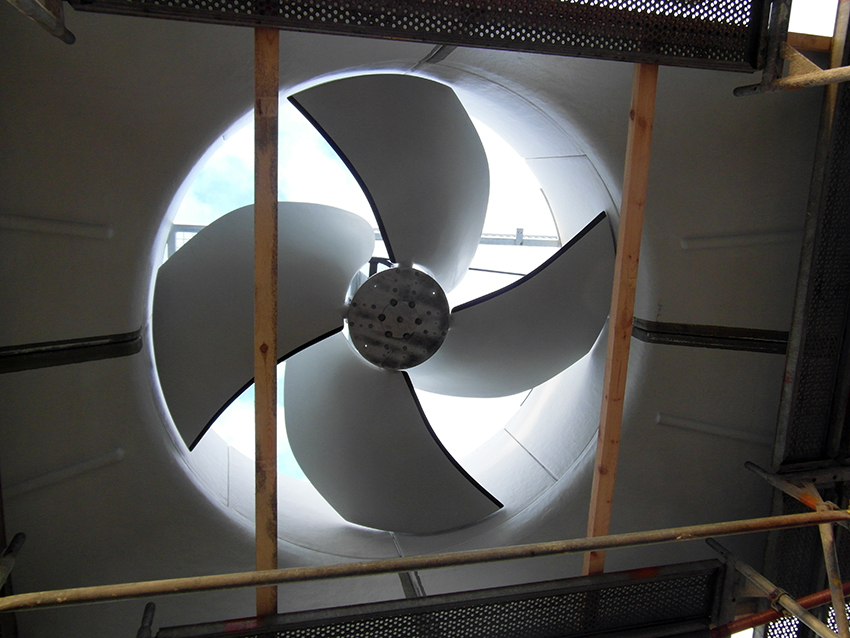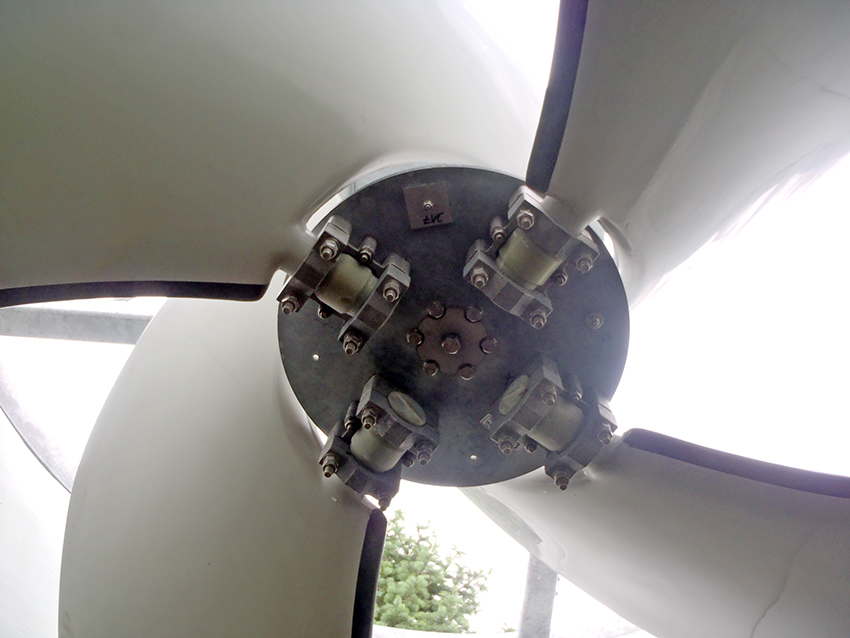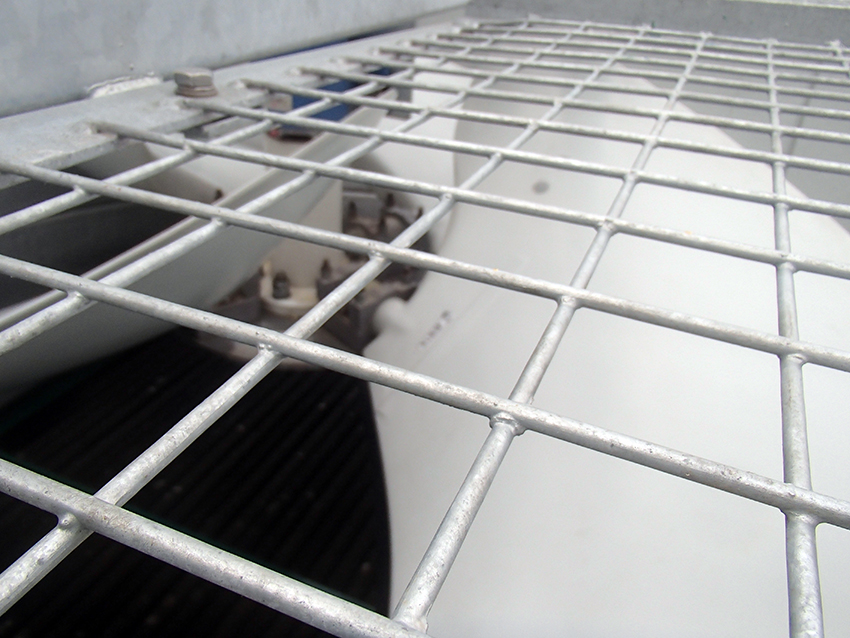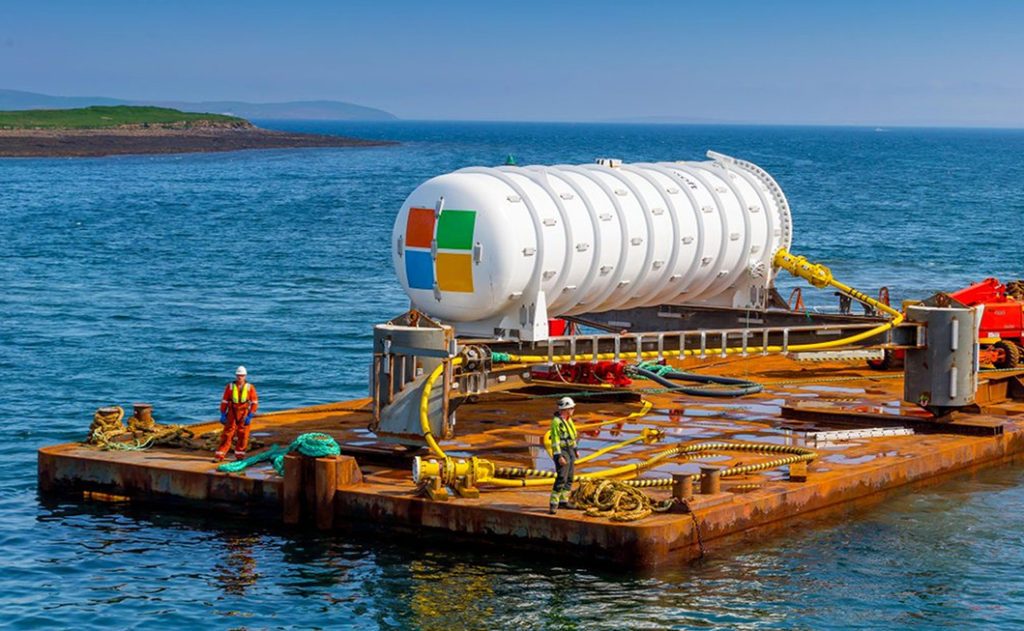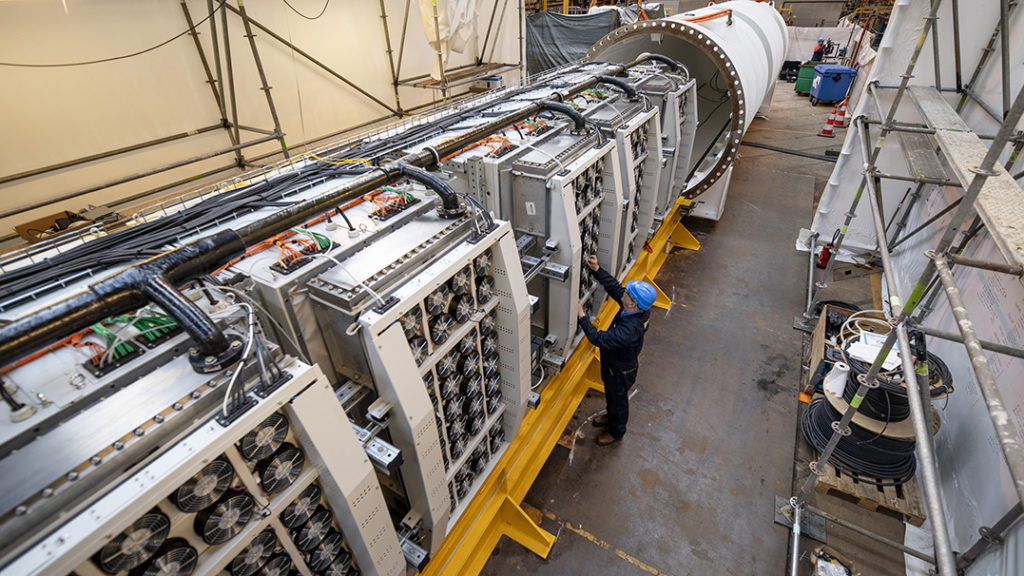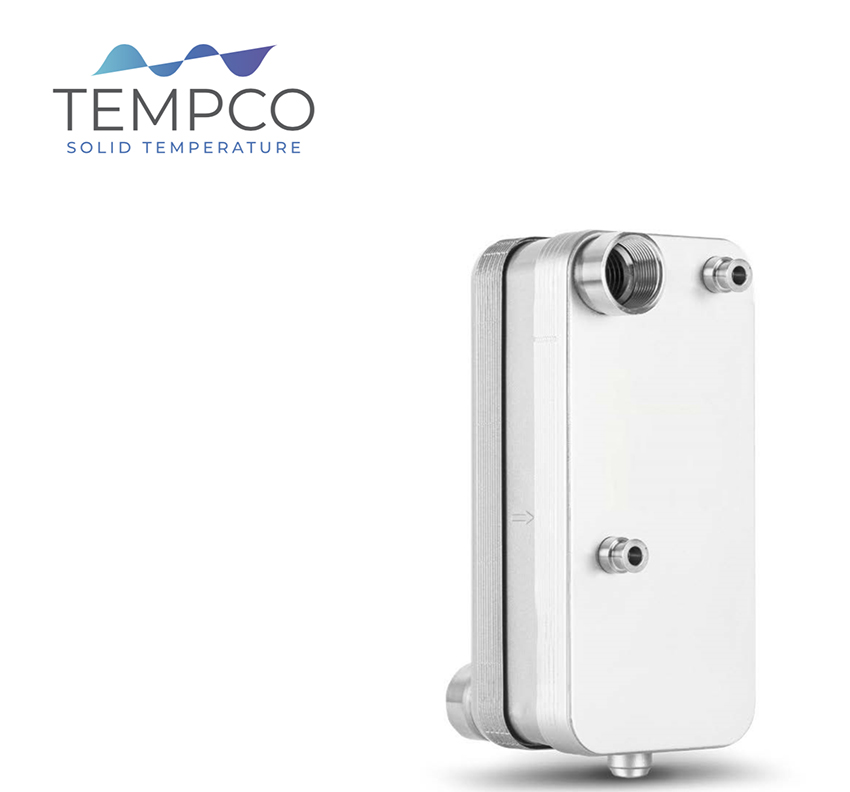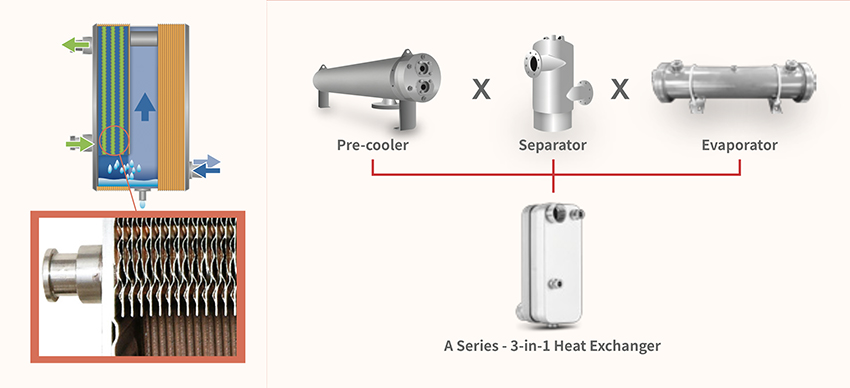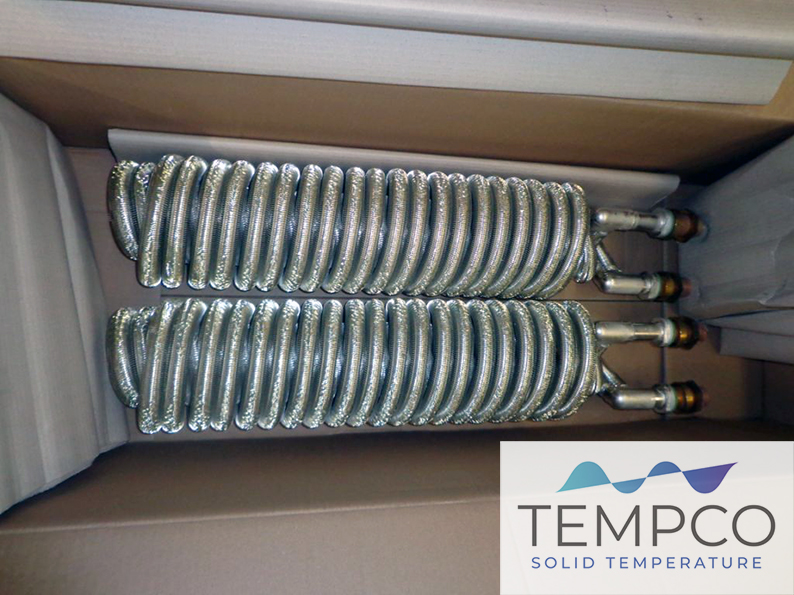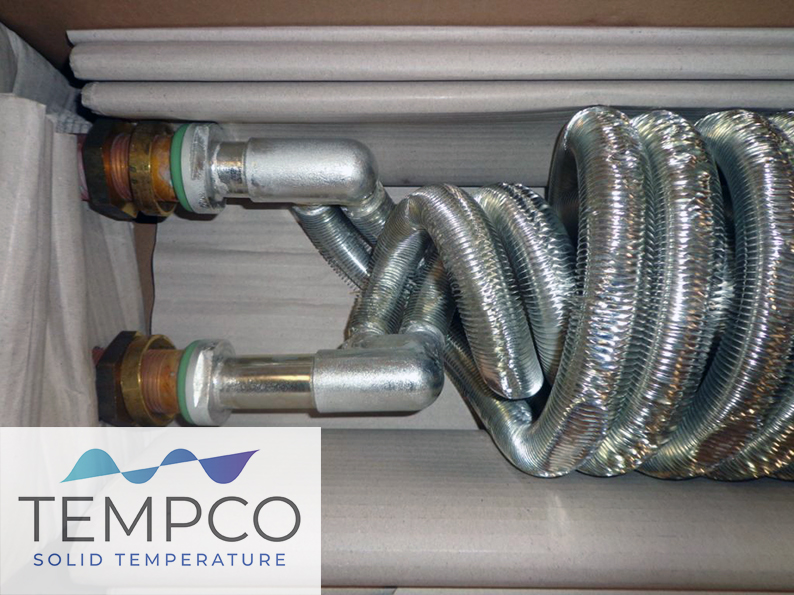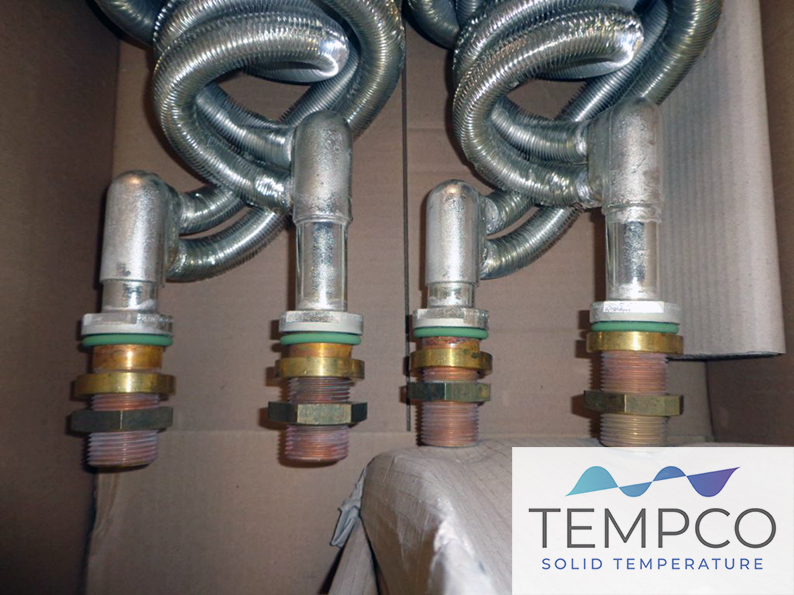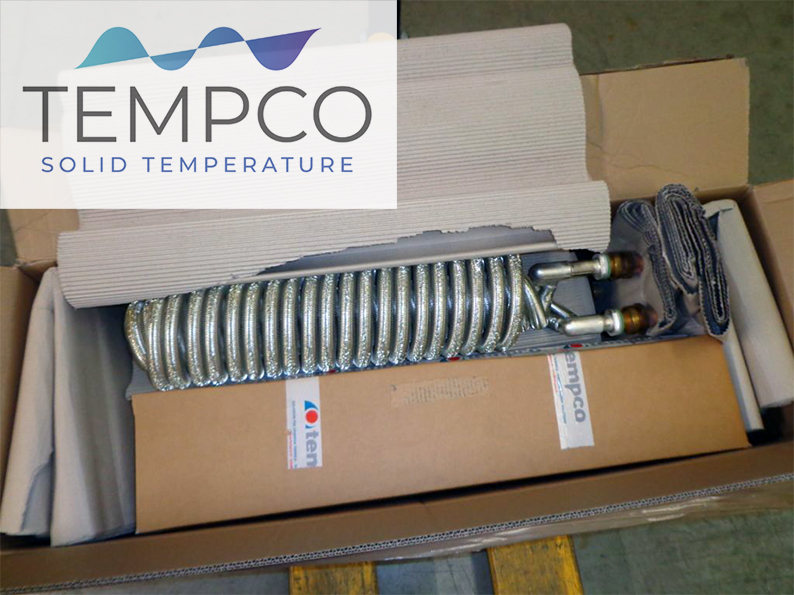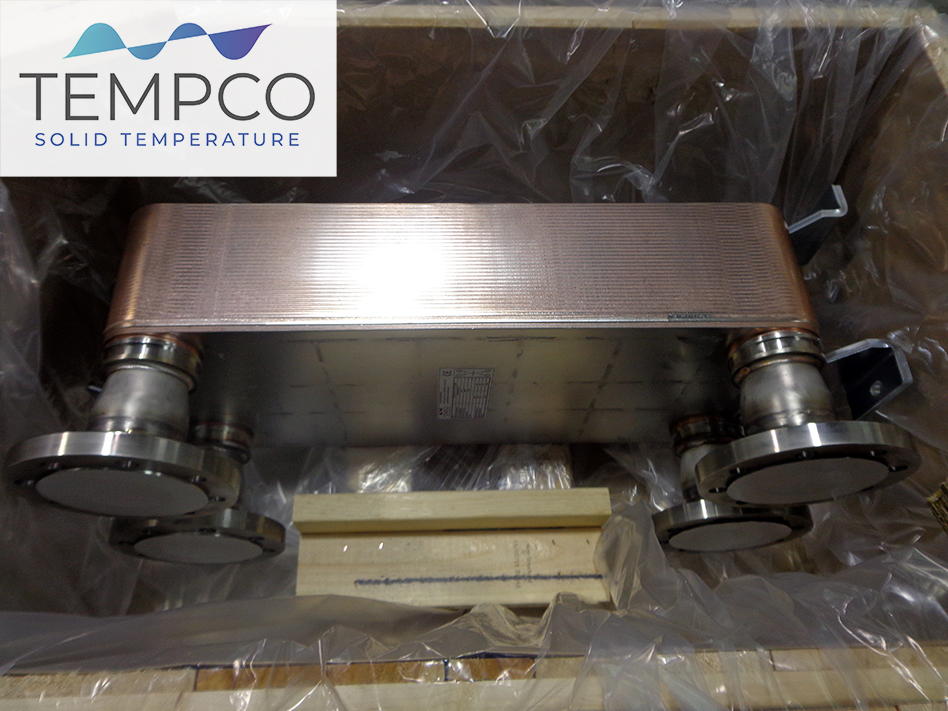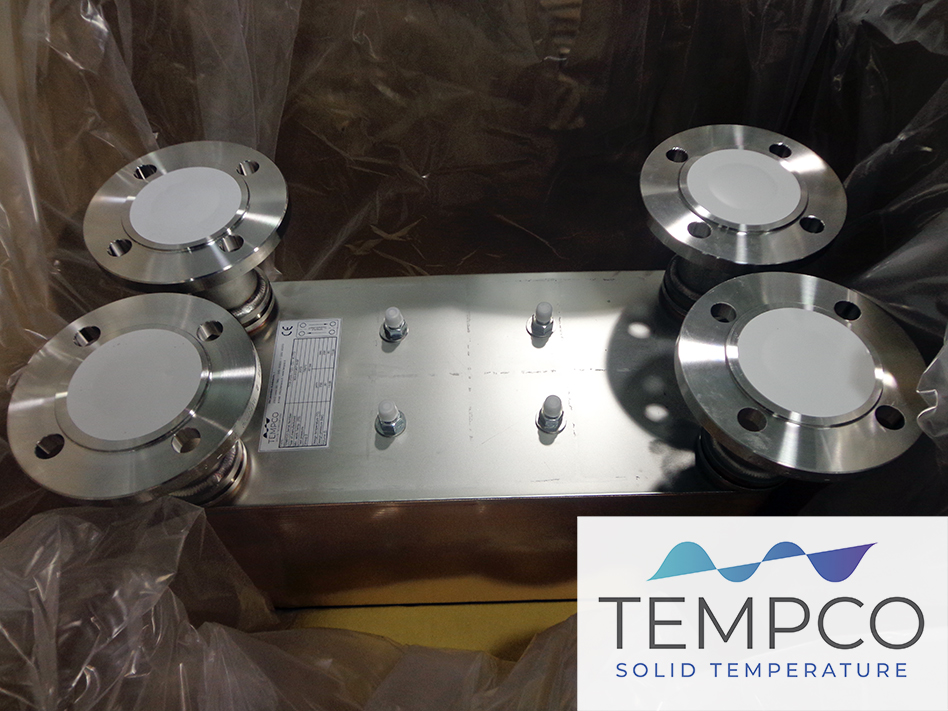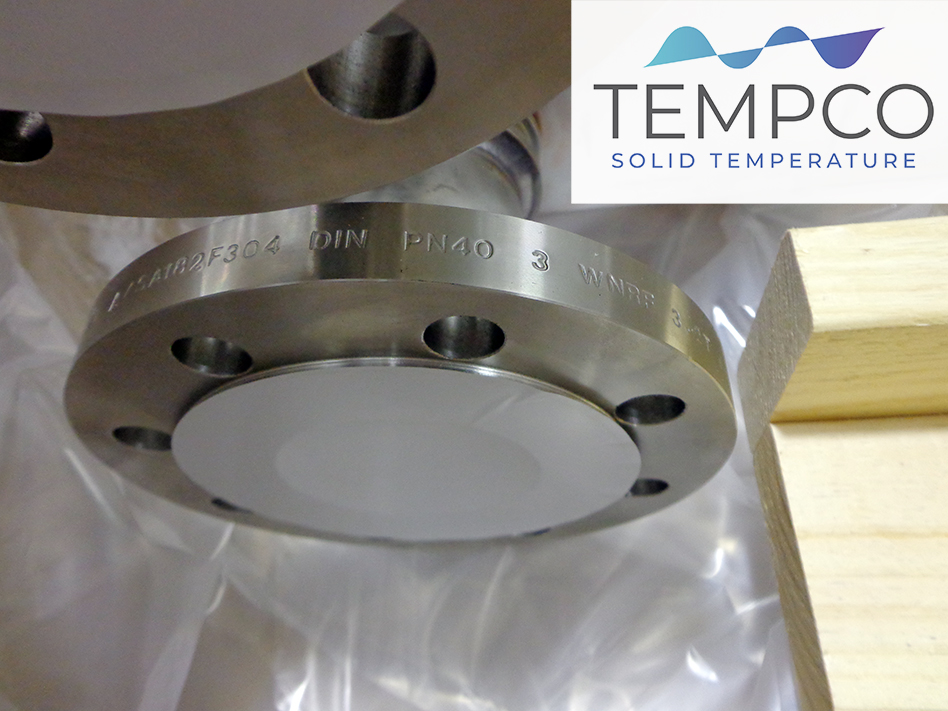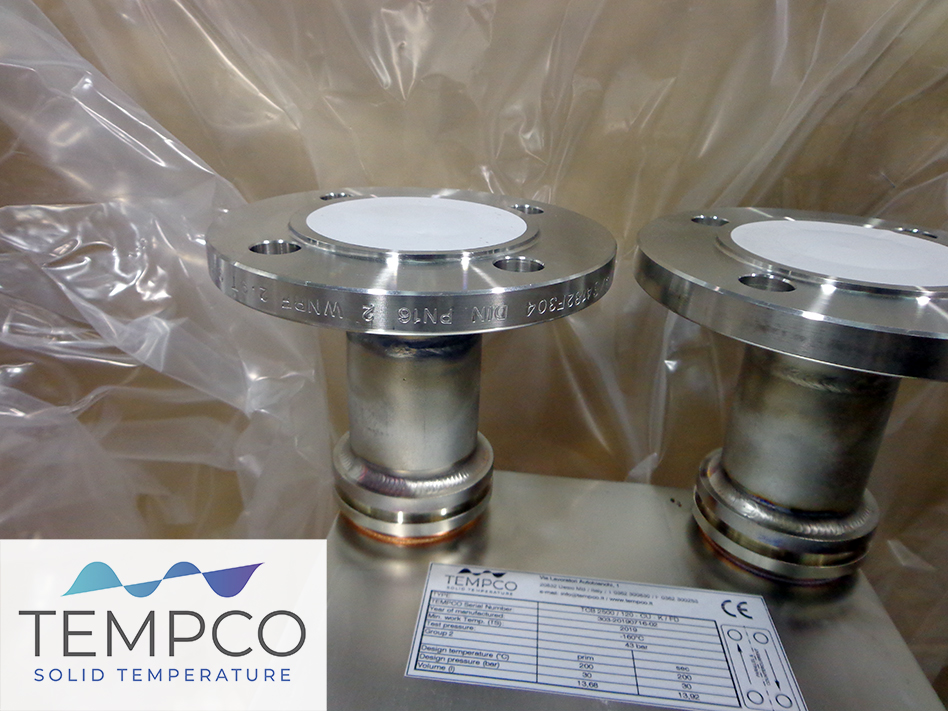Centrifugal pumps and cavitation, an extremely dangerous bundle that absolutely has to be avoided. Cavitation is an event that happens when steam bubbles develop within a fluid, which imploding cause a characteristic noise inside the machinery, lowering its performance and damaging its components, such as pumps’ impellers and the pump itself. This is a very common phenomenon in ships’ screws and centrifugal pumps, indeed. Let’s then see what to do in order to avoid cavitation in centrifugal pumps.
Centrifugal pumps come with characteristic performance curves, the most common ones being the flow rate hydraulic head of the pump, as well as the NPSH – Net positive suction head curve, related to the maximum suction head of the pump. We’re talking about pumps having a NPSH, thus not self-priming pumps which automatically fill themselves sucking water. NPSH pumps have to be filled with water, respecting a suction head not surpassing the indicated NPSH value.
When forcing a pump operating at a lower suction value, we will surely end-up with cavitation. With cavitation, for example on a ship’s screw, air bubbles develop near the edges of the impeller, reducing the performance and imploding. The same with connection edges of the pumps’ impellers. Vapor bubbles develop when the vapor pressure is surpassed, otherwise when the pressure level decreases so much that the liquid starts evaporating. Let’s bring a basic physical principle here: at atmospheric pressure, water starts boiling at 100° C. Putting water in a vacuum vessel, the boiling temperature decreases a lot.
When a lower pressure area is generated near the pump’s impeller, it will ignite the evaporation of the fluid. Evaporating water causes micro-implosions that damage irreparably the impeller.
In addition to a wrong NPSH value, cavitation can also be generated by a wrong installation of the pump: mistakenly sized suction collectors foe example, or with sharp edges. Furthermore, putting a angle-pipe or a T-pipe very near to the suction of a pump, we will create angles that can cause lower pressure areas leading to vapor generation. Vapor spreads all over the impeller, increasing the low pressure area in the suction area of the pump, literally destroying the impeller due to cavitation.
While installing a centrifugal pump is thus fundamental to respect its NPSH curve, its suction head, or putting the pump under a positive suction head, by creating a positive pressure on the pump’s suction. At the same time, a careful design and engineering of suction collectors is important, and carefully sizing components such as foot valves, check valves and suction valves.
Subscribe here to our Tempco Newsletter – Solid Temperature.

